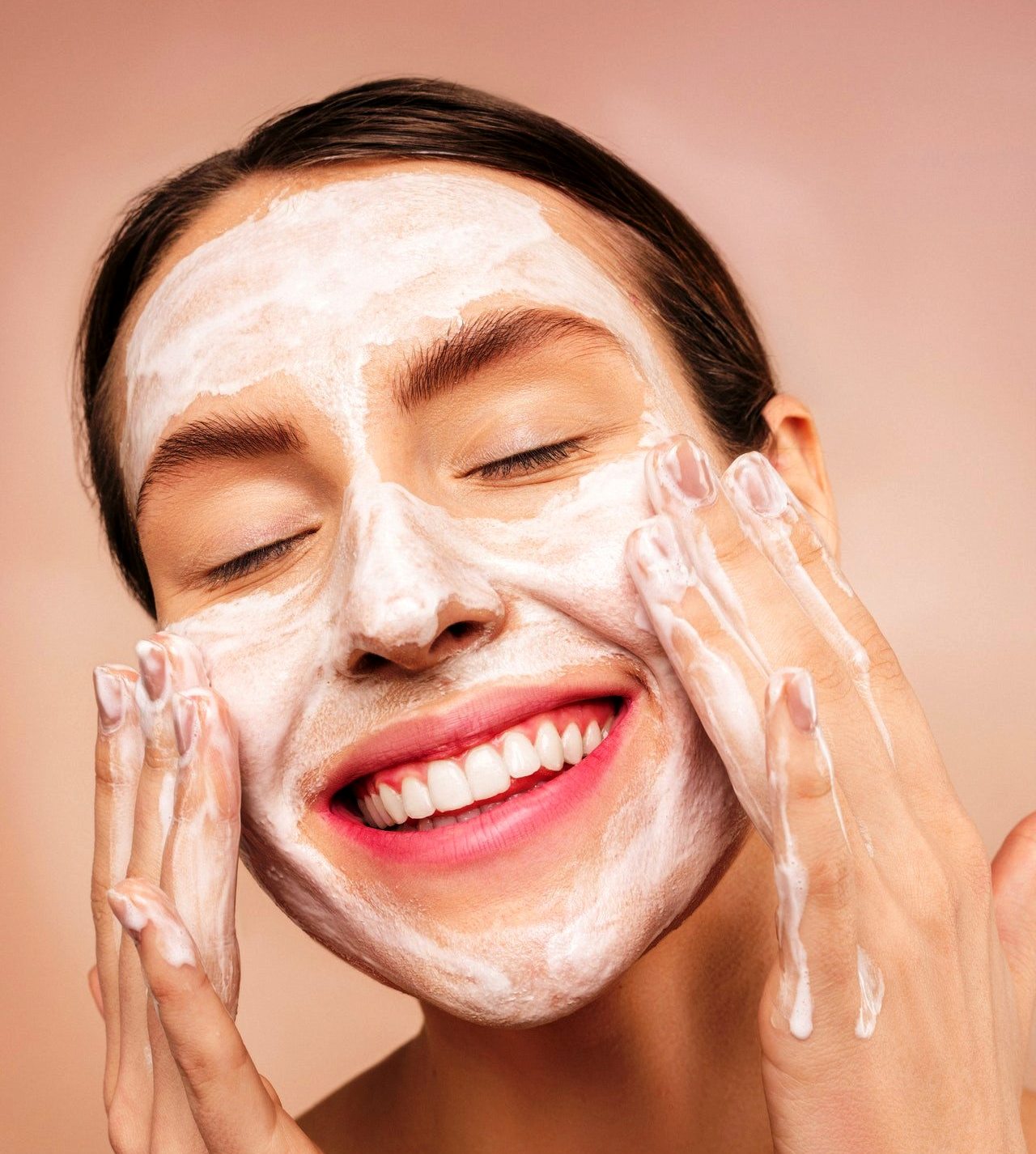 Credit : Shiny Diamond from Pexels
Credit : Shiny Diamond from PexelsKojic acid has been around for some time, and you may already have tried using it as a part of your beauty regimen. If you have not yet tried it or want to learn more about it, read on to get everything you need to know about Kojic acid.
What is Kojic acid?
Kojic acid is produced using different fungi types. It is also a by-product of Japanese sake, soy sauce, and rice wine. Kojic acid is a popular ingredient in many health and beauty products, mainly for its skin lightening properties.
If you are not familiar with melanin, it is responsible for determining eyes, hair, and skin color. Kojic acid helps inhibit the production of melanin; hence, it helps make skin lighter. How? Well, to produce melanin, an amino acid called tyrosine is needed to make it possible. Now, the Kojic acid blocks the formation of tyrosine, thereby disrupting the production of melanin. As a result, the skin appears lighter.
Kojic acid is used as beauty product ingredient including lotions, creams, and serums. Typically, these products contain about 1 to 4 percent of kojic acid - considered safe levels. Most of these come in soap and cleanser forms, which are meant to be applied and then washed off. However, some Kojic acid-infused products come in powder form that you can mix with water or lotion before applying to the skin.
Do take note that the frequency of applying kojic acid would vary depending on the product. Some may be used daily, such as those that come in cream, facial wash, and soap, while others may be used on occasion only. And while some products are meant to be left on the skin for some time to be absorbed - such as serums and creams - soaps and cleansers are meant to be washed off immediately.
What are the benefits of using Kojic acid?
Kojic acid is mainly used to help lighten skin and reduce dark pigmentation due to constant sun exposure, age spots, or scar. Kojic also boasts of antimicrobial and antifungal properties that allow it to treat acne, yeast infections, candidiasis, and ringworm.
Soaps infused with Kojic acid are affective at removing not just dirt, but whiteheads and blackheads as well. Kojic acid tends to make the pH levels of the skin to be a bit acidic; thus, it helps eliminate these blemishes.
Kojic acid also helps promote cellular regeneration. Since it aids in removing dead skin cells, your skin regenerates much faster, so you get younger-looking skin as a result.
Are there risks to using Kojic acid?
Kojic acid is generally safe. However, there are still potential side effects that you need to consider before using it. While it helps lighten the skin, you also lose your natural barrier against sun damage. Therefore, you may be more likely to develop sunburn as a result.
On the other hand, people with sensitive skin may develop contact dermatitis. Some creams, soaps, and serums may contain a high concentration of Kojic acid that can cause skin irritation. As a result, sensitive skin may develop red and itchy rashes.
Read next:
How to Get Rid of Blackheads? 9 Home Remedies to Clear Pores Naturally
How to Remove Skin Tags? 11 Home Remedies
Virgin Coconut Oil: 5 Uses of VCO That You Probably Didn't Know

